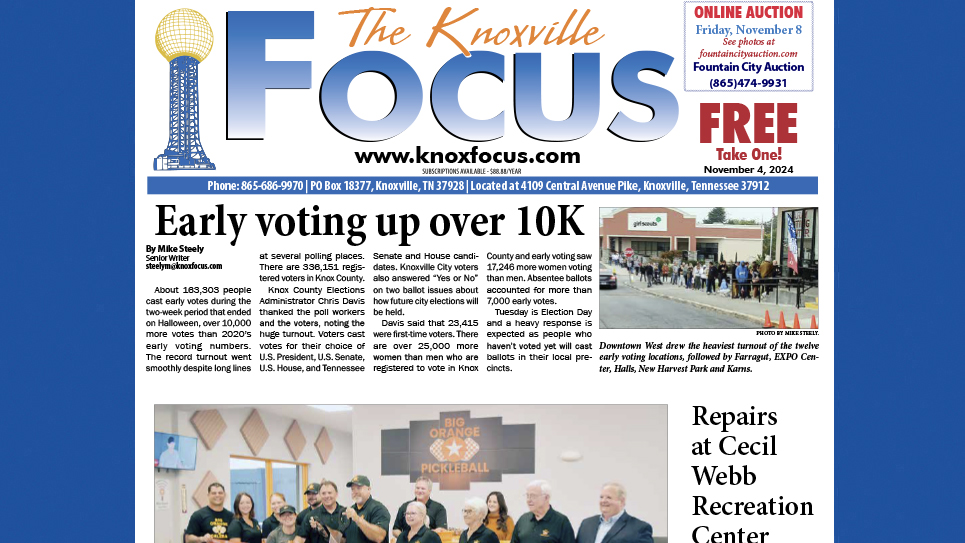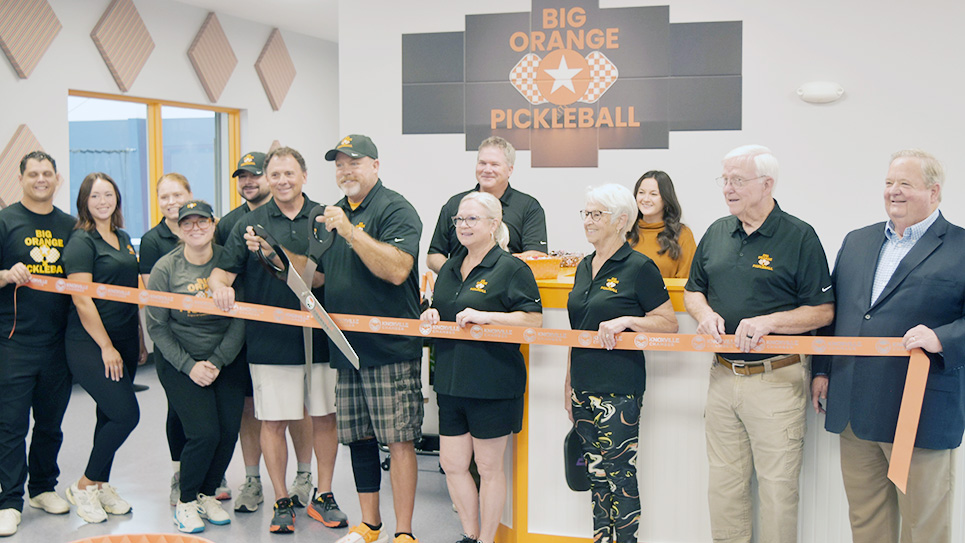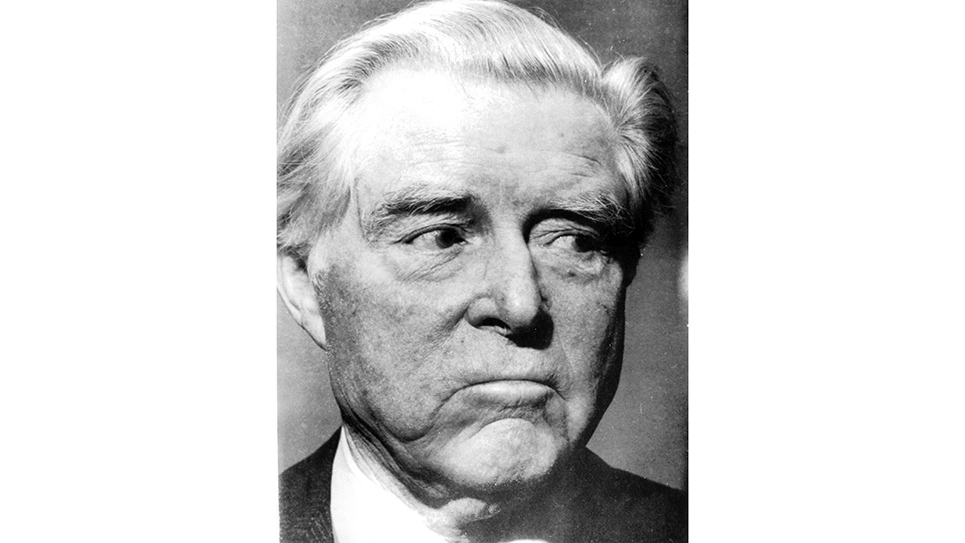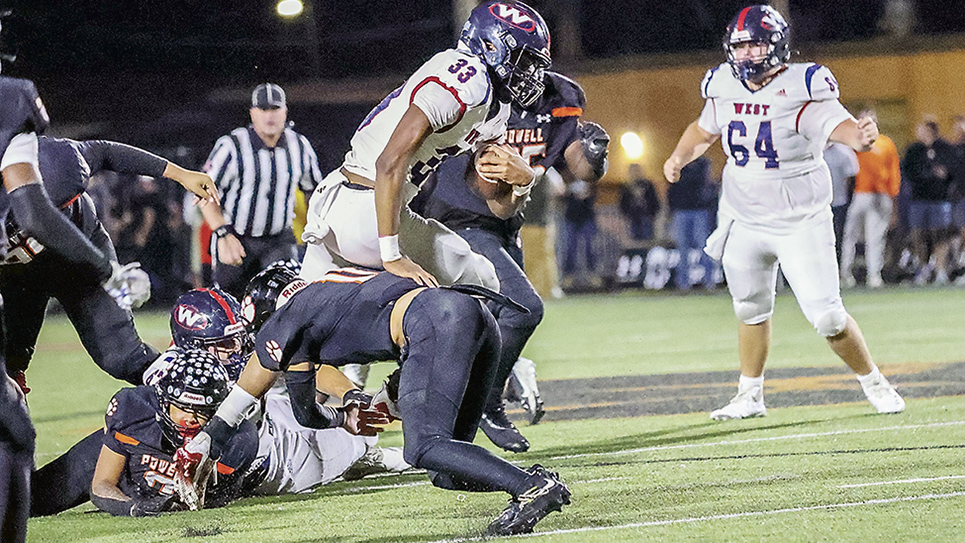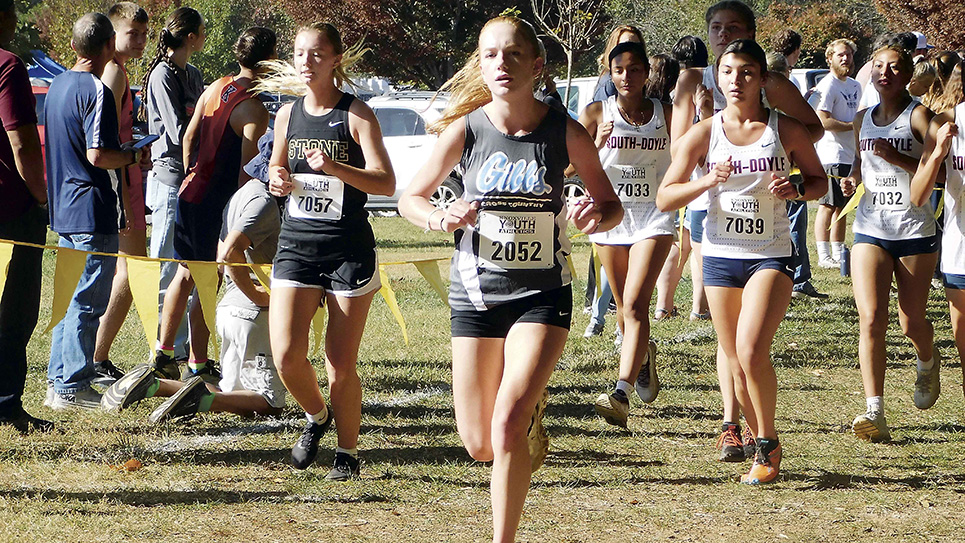(May 6, 2022) JEFFERSON CITY, Tenn. – Five retirees of Carson-Newman University are inaugural members of the Robert Reedy Bryan Society. The recognition took place during C-N’s May 6 Spring Undergraduate Commencement featuring 303 graduates.
Those honored were Vickie Butler, Dr. Mark Heinrich, Mary Phipps, Dr. Frank Pinkerton and Joe Bill Sloan. Named after the University’s second president, the society honors the dedicated and selfless service of retired faculty, staff and others whose service to the University is exceptional and meritorious.
“This will become a tradition each year,” said University President Charles A. Fowler, to those gathered. “Today in an effort to create a culture of gratitude, we want to initiate this new award recognizing people who have demonstrated their willingness to stand in the gap. These five individuals are people who have done their part to strengthen the school and advance the mission.”
Vickie Butler joined C-N’s development office in 1989, becoming the first woman to serve in the area as alumni director. Over the course of 28 years, the 1976 alumna would answer the call each time her alma mater looked to her for leadership, serving in such roles as director of Development, Advancement’s associate vice president, vice president, and executive director of Alumni Relations. She co-founded Women of Vision with former First Lady, Kay O’Brien. It was Vickie’s gift of connecting with constituents and donors that brought her both joy and lasting relationships that proved fruitful for the University. From Blye-Poteat Hall and Ted Russell Hall, to Greer House and Chitwood Alumni Center, Butler’s fingerprints are on many of the University’s facilities due to the fundraising and relationships she fostered.
Dr. Mark Henrich joined C-N in 1980 as assistant in the counseling center and director of the career planning office. He served the University for the next 21 years in myriad capacities, all while rising through the faculty ranks from assistant professor on to full professorship. He chaired his department, as well as served as dean for the Social Sciences Division, interim vice president for Academic Affairs and associate provost. He also directed C-N’s School Counseling program, chaired the Counselor Education program, and led the new student orientation process. As opportunities arose, the University looked to Mark for insight and leadership. Among his students, he was routinely praised for his attentiveness and ability to relate to each individual. Among his colleagues, he was commended for serving as a role model for fellow faculty members.
Generations of students have characterized Carson-Newman as feeling like “home.” Providing such a place doesn’t just happen. It requires hard work, a sense of community, efforts behind the scenes, and a love for students who are away from their families. Mary Phipps did just that. Following in her mother’s footsteps, she joined C-N’s housekeeping in 1953. For Mary, making students feel at home went beyond keeping residence halls clean. She was a second mother to many students, offering them advice and guidance, and even volunteering at 4 a.m. to care for them when they were sick. She served 19 of her 41 years at the President’s Home. With Dr. and Mrs. Maddox, she developed a lasting friendship. Mary’s service to C-N helped a school to not merely be a collection of classrooms and dorms – but truly a home.
Dr. Frank Pinkerton joined C-N’s chemistry faculty in 1978. During his 33-year tenure at Mossy Creek, a common theme developed, and it was evidenced in those he taught – he wanted his students to be prepared. As the Lady Eagles tennis coach for nine seasons, his teams compiled a .701 winning percentage. He would encourage academic success by even letting players skip a practice if they needed to attend a lab or study for an important exam. During his tenure he served as chair of C-N’s Chemistry Department. His Health Professions students were notorious for being equipped for medical schools and graduate programs. Though he had an undeniable positive impact on his students’ lives, he is quick to credit his colleagues for their collaborative efforts and the support of University leadership in helping students prepare and succeed after graduating from Carson-Newman.
The son of Carson-Newman graduates, Joe Bill Sloan grew up three blocks from campus. His dad worked at the University for 40 years as both professor and administrator, so Mossy Creek served as the backdrop to Sloan’s childhood. After graduating from Carson-Newman in 1967, he joined the faculty ranks soon after. While teaching in the History and Political Science Department, he also served as chair and later dean of the Social Sciences Division. He continues to be the only two-time recipient of the Outstanding Student Advisor Award. The University sought his leadership when it asked him to serve as associate provost. In 2007 he answered the call to stand at the helm of his alma mater when asked to serve as interim president. He fulfilled this before returning to what he loved most – teaching his students.
The society is named for Robert Reedy Bryan, who in 1849 joined four other men under an oak tree and discussed the need for a Baptist college in East Tennessee. His vision, along with that of the other four, forever etched them into Carson-Newman lore as “The Oak Tree Five.” Bryan served as primary professor of what began as Mossy Creek Missionary Baptist Seminary, as well as its second and sixth president. He provided extensive fundraising and bold leadership to the school devastated by the Civil War.
Founded in 1851, Carson-Newman is a Christian liberal arts-based university affiliated with the Tennessee Baptist Convention. The University is located in Jefferson City, Tennessee, among the foothills of the Great Smoky Mountains. Carson-Newman offers 50 undergraduate majors, as well as associate, bachelor’s, master’s and doctoral degrees. The institution’s website is cn.edu.

